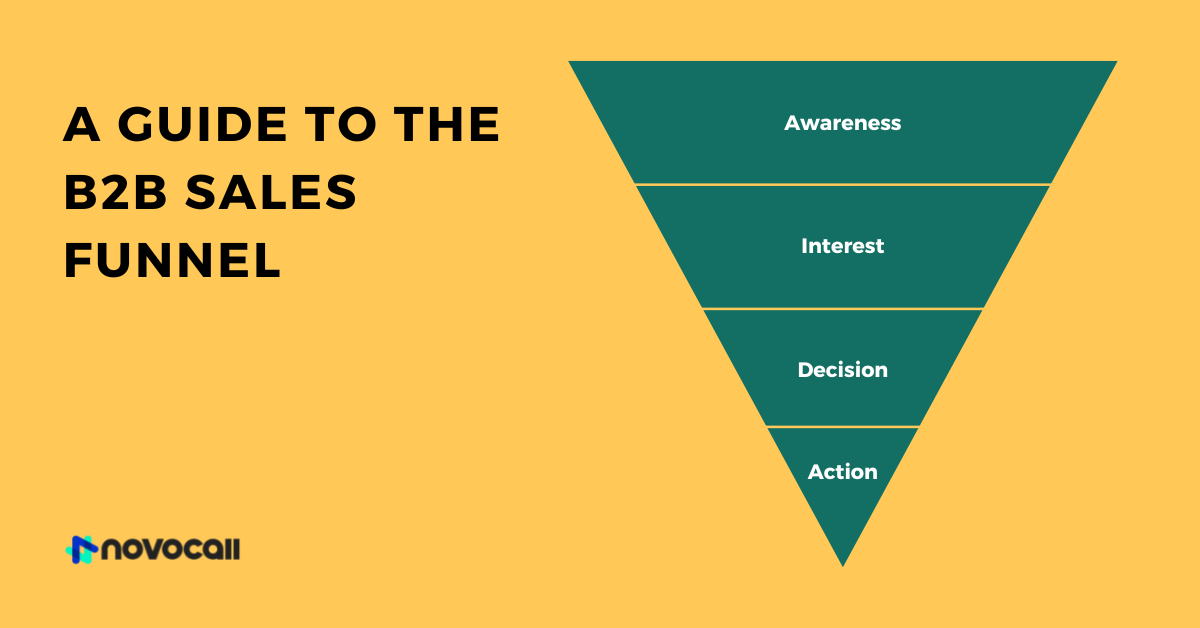


Start driving better conversations.
Novocall will be your new favorite business phone system.

Are you wondering why unresponsive people are on the receiving end of more than 80% of your calls?
You may think it’s bad luck. But, for all you know, luck may have nothing to do with it, and the problem may be on your end. Unfortunately, there may be something wrong with how you reel in sales leads.
Enter cold and warm calling — common telemarketing strategies. Both focus on promoting your offer and are also effective in helping you generate more sales leads. Their similarities, though, stop there.
Break down these telemarketing strategies fundamentally, and you’ll notice a difference.
Cold calling is when you call someone who doesn’t know you. For example, you used a phone lookup service to call a random person from a company.
Meanwhile, if this random person was the one who previously reached out and you’re returning the favor, you can refer to that as a warm calling strategy — or calling someone who expressed interest in your offer.
If you’re a telemarketer who wants to know how to win prospects in the most effective way using cold or warm calling, this article is for you. Here, we’ll elaborate on their differences and help you decide on the ideal outbound calling strategy for you.
💡Additional read: 3 Types of Outbound Call Methods – Cold Calls, Warm Calls, and Hot Calls
The world is a cold caller’s oyster. Cold callers have carte blanche on who they contact. But if the idea is to increase sales, any modern sales professional knows it’s important to nurture those leads and turn them into prospects.
Once prospects are in place, the next step is to ensure the cleanliness of the prospect list. Then, the cold caller is ready to go!
Here are ways you can cleanse your prospect list through cold calls:
Unlike cold calls, the rule of warm calls is that prospects need to give authorization first. Before you can contact them, you need to ask for their consent. You can also refer to this as “permission marketing.”
Not only do warm calls pave the way for an ethical — non-disruptive or questionable — form of outreach, but they’re also highly effective. Like many performance-based SEO methods, they help generate more sales and revenue.
Here are ways you can get the permission of prospects to give their number:
While they’re as effective as warm calls, cold calls have a reputation for being pushy. By nature, cold calls are disruptive to prospects. They also come out of nowhere and catch the recipients off-guard.
Then again, it depends on your approach. How you call determines if those calls sparked enough interest to ignite a conversion.
Here’s how you can use cold calls to boost inbound calls that result in sales:
With warm calls, you have useful data and information about your prospects. You have a good sense of who they are, where they live, and how they behave. You also know about their hobbies, employment history, and more.
Use these details to develop an approach that will appeal to their sensibilities. You can reach out to them more effectively and form a much deeper bond upon your first few calls with them.
Here are ways you can develop a more personal approach with warm calls:
When cold calling, you’re reaching out to people who may have never heard of your business or brand. It grants an opportunity of a lifetime to you. With cold calls, you can make a meaningful first impression.
Now, make that meaning last. If you don’t convert cold call recipients into leads, that’s okay. Just advocate for your brand. If you play your cards right, those rejections could become clients in the future.
Below are cold calling tips for raising brand awareness:
There’s a stigma surrounding cold calls: they’re spam. The intent of a telemarketer using cold calls may be positive — and all they want is to increase sales. But, it’s often a different story for the recipient. For them, cold calls are unwelcome and intrusive.
This issue doesn’t affect warm calls because warm calls are different. Telemarketers use warm calling to contact a recipient if they have that recipient’s permission. Unlike cold calls, warm calls are welcome and non-intrusive.
Here are ways you can ensure the recipients won’t label warm calls as spam:
Think of warm and cold calling as milk and coffee. Each serves a purpose and can taste great on its own.
Put them together, and voila! They complement each other and work well in generating sales and increasing revenue. One isn’t even remotely or slightly better than the other. Any effective business needs both strategies to function in proper order.
An excellent approach is to set a series of days when your marketing and sales teams use warm calling to generate leads. Then, schedule another series of days when to use cold calling.
You can also assign warm calling as the standard lead generation method your marketing department should use. Then, delegate the cold calling methods to your sales team — or vice versa.
And when you have finetuned arrangements on how you can conduct warm and cold calls at the same time, measure your efforts. By measuring your efforts, you can tell if your tactic is working.

Christopher is a freelance writer for hire who specializes in the digital marketing field. His work has been published on SEO and affiliate marketing-specific niches.
Related articles
Subscribe to our blog
Get insights & actionable advice read by thousands of professionals every week.

